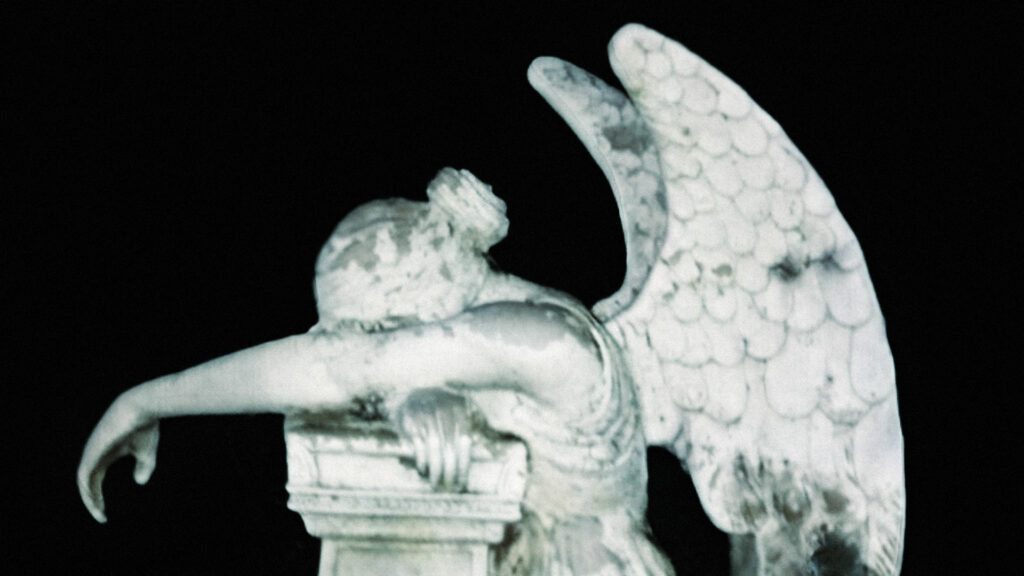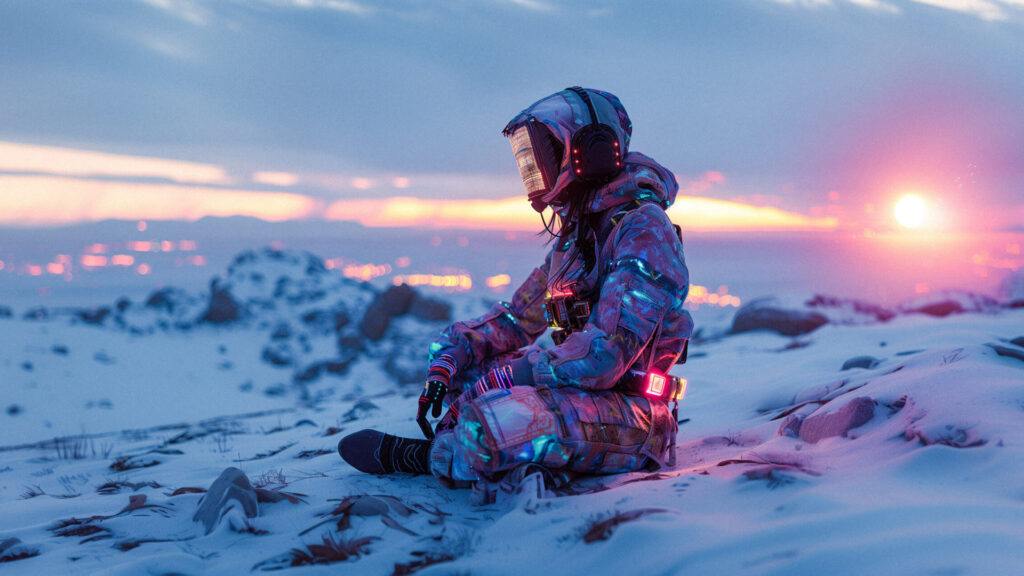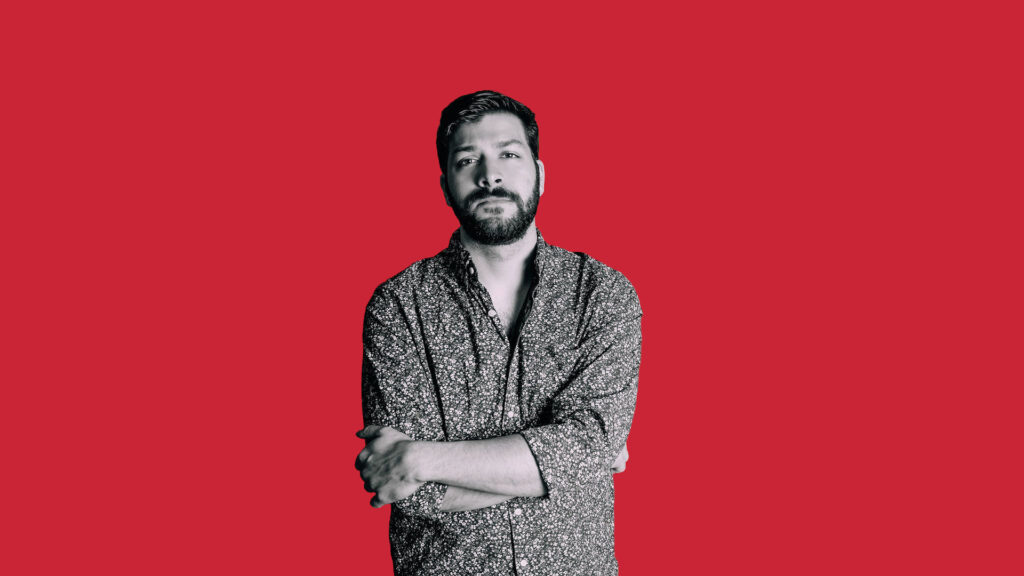In our last interview, Keira-Anee spoke of Neil being an influence on her style when it came to finding the moment. How does one prepare for said moment? Is it a case of learning a band’s stagecraft over several shows?
Keira-Anee: I have no idea at all how to prepare, which is why Neil’s photography still fascinates me! If someone in a band jumps or makes an interesting expression once during a gig, it’s a good bet that Neil will have caught it! For me, I’m sad to say it’s mostly luck, I’m afraid. That, and seeing a band more than once, definitely; or perhaps even having met the band members, too:
So, after you meet them, you get a feel for their personalities, right? Plus, you create trust in ensuring better results? Do tell us more.
Keira-Anee: I think meeting someone makes a difference in how you see them, yes! The photos will be different to seeing them onstage for the first time, and perhaps even get a feel for the set. Knowing a band or touring with a band makes this even better, for sure. However, with live music photography, I’m often taken by complete surprise by thinking I know what to expect!

Do you have a preference between a live band shoot, a controlled studio performance or a photoshoot? Do you scream in agony when a four-piece male band wants to be snapped near a wall in a dilapidated area that they only pass through and not live in?
Keira-Anee: The only agonising thing with any photoshoot is when the models don’t want your creative input at all. Some input both ways is ideal, for me at least! I love all shoots to be honest, although the photos I love the most have been unplanned, unposed and natural. Portraits, too.
You’re more well known for band shoots. Our shoot was obviously very different. Can you detail shoots that required nudity previous to our own and what challenges you faced?
Keira-Anee: Well, I guess it’s what you’d expect, really! It’s a different level of personal whilst remaining professional. One thing I insist on is for everyone to be able to laugh at themselves and the awkward parts! It also helps to find funny words for penis or vagina’s; did enjoy screaming “wang management!” at you. So I guess to conclude, the challenge is trust and humour!
Indeed. Your brief was: ‘We build ourselves up, for ourselves, other people, families, lovers … and then we break ourselves down. The motivations behind our construction and deconstruction are often base or out of a sense of discovery.’ Let us know your process in regards to the delivery of this concept.
Keira-Anee: First of all, it was to, perhaps grossly, simplify it! A photo is one image, so to tell a story, you have to summarise. Things like the use of light can create the backstory, hidden story or depth to add to it, and I think that’s what we tried to do, right?

Agreed. The shots being taken were to be added/collated by a graphics artist (Catherine Chambers) at a later date. Tell us about your use of shadows and how you felt they complemented the project?
Keira-Anee: I’ve been thinking over the last few months about something artist Saul Williams posted about. It was how we associate darkness with bad, evil things, and lightness with innocence and goodness, and, how this associates, and its effect, on race. My thoughts were that (with regards to this shoot and with this in mind), the shadows I wanted to suggest had something hidden rather than something bad.
Food for thought. Writing a black protagonist as complicated as Spiderfingers gave way to a lot of consideration of darkness, evil and how we code that. Has recent social upheaval given rise to who you shoot and why? I know you’ve voiced concerns with representation within our musical underground. Your candid thoughts if you please!
Keira-Anee: It hasn’t changed who I shoot, though I do feel more able to point out the inequality of a gig without someone telling me I’m ‘always moaning about something’.

More power to you! Lastly, to round off this mini-series of interviews, your photos are created using film and digital. Tell me of your particular discoveries over the years using these formats? What did either accomplish (or fail!) In the shoot (s) for Spiderfingers: The Russian Doll Stories?
Keira-Anee: I was using a black and white film, so the main difference in this shoot was that the digital photos allowed colour, which I think was definitely needed. Black and white for many of the photos would have oversimplified the dark and light. Having said that, for some images, it really worked. In general, I like using film as I have to think more about the photos I take, as there is a limited amount. For snapshots too, unlike say with a phone, you don’t keep taking a photo until everyone is satisfied – the one photo you take is the final one. This alone ensures it is more of the moment and real, although perhaps not always as visually pleasing!!
Thank you kindly for your time and these answers, let alone your magic behind the camera.
Keira-Anee: I never know what to say when you say things like this – so I’ll say thank you. Doesn’t hurt that I mean it, either!
John Clay’s book Spiderfingers: The Russian Doll Stories will be online September 28th via Public Pressure.
(Features an intro by Alex Mazey + exclusive photography by Kiera-Anee Photography)
Stay in touch with
98 Wounds
Facebook
Instagram
Cover photo Nova Twins by Keira-Anee



